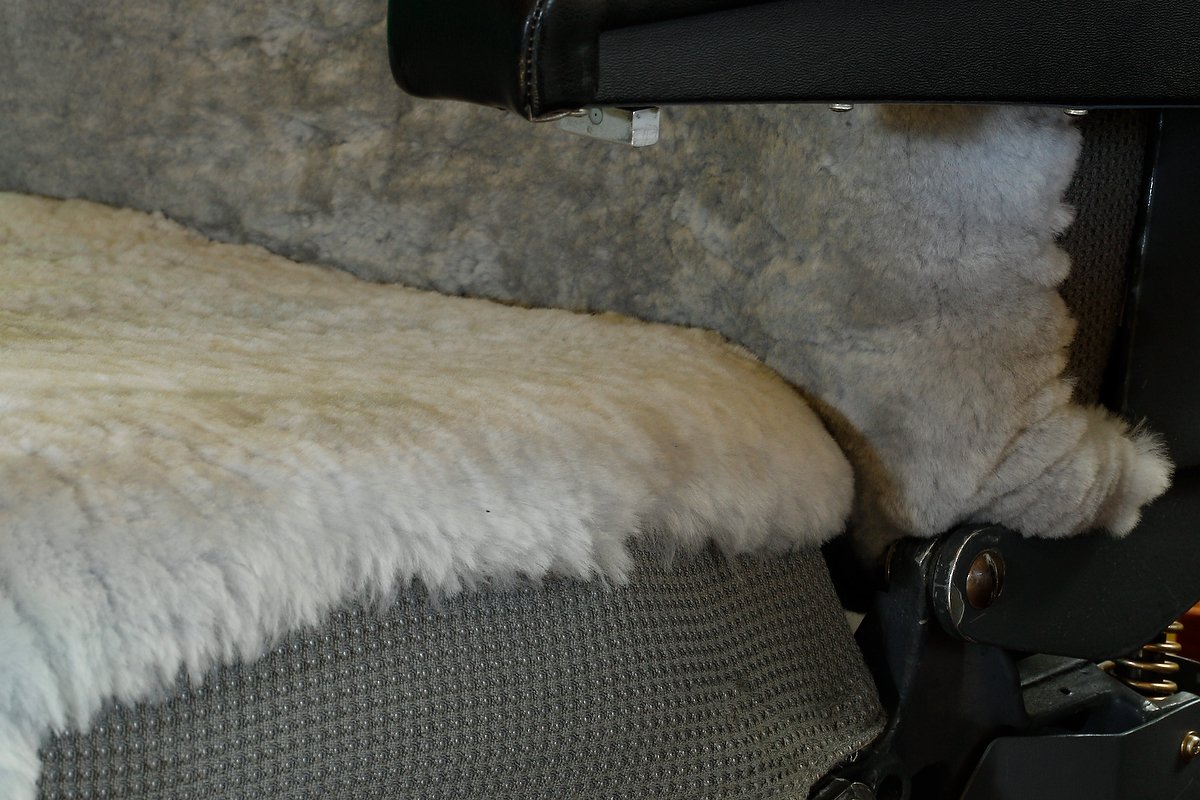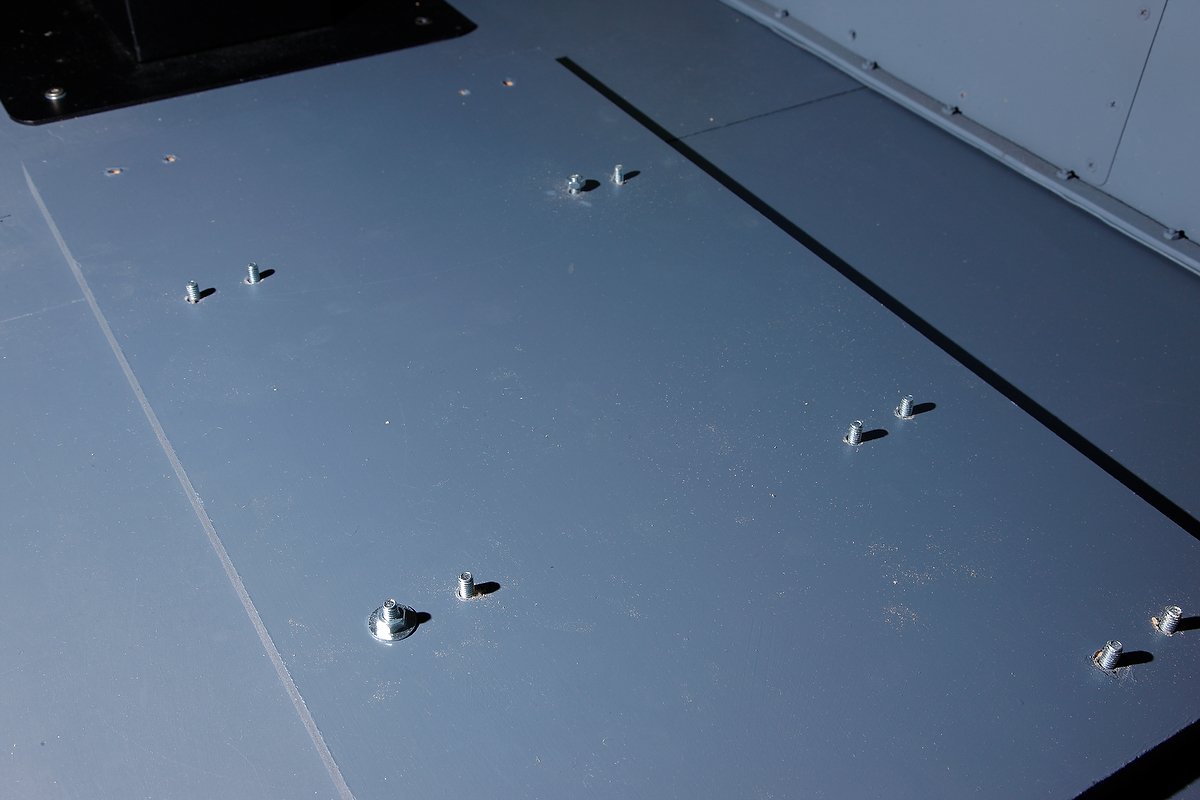A call from DHL Freight logistics alerted me to the fact that another large crate had arrived at the local airport for pick-up. It was too early for the consignment to be the MIP, so the next contender was cockpit seats.
I wasn’t going to purchase pilot seats until the project was nearing its final phase. However, genuine B737 seats are becoming more difficult to find in good condition, and when I was offered these seats, I decided to purchase them.
Boeing aircraft use for the most part two types of aircraft seats: Ipeco and Weber; the former being the more modern seat design with adjustable J-rails. Personally, I find the Ipeco seats to be rather uncomfortable and the configuring of J-rails can be painful. Weber seats bolt directly to the floor, so as long as you have the correct measurements for the bolt down locations, there shouldn’t be any further problems. Both the Ipeco and Weber seats have several seat levers to allow for correct and comfortable positioning.
Weber seat cushions are either manufactured from cloth, which are the seats I have, or they have sheepskin covers sewn over and into the cloth. At some stage in the future, I may have sheepskins installed over the seats, but at the moment this is a secondary issue.
Apart from some very minor cosmetic issues associated with the plastic molding on the rear of one seat, both seats are in excellent condition. You have to remember that seats are always in used condition and probably have flown thousands of hours. Before their new home in the simulator, they were fitted to a 737-500 series aircraft belonging to South West Airlines.
Minor Overhaul of Flight Officer Seat
Although cosmetically the seats look OK, the right hand seat (flight officer) didn't seem to be operating correctly. Inverting the seat, I was shocked to see a built up of dirt, grim and dust over the mechanism that controls the movement of seat. Disassembling the components, I also discovered a broken split pin which was stopping the connecting cable, which controls the vertical rise in the seat, from working. After cleaning and replacing the broken split pin, I lubricated all the areas requiring lubrication. PRESTO, the seat now works as it should.
Leg Attachment Points - Four Seat Movements
Each seat has 16 attachment points to secure the seat to the floor. One reason for this is that when you alter the position of a Weber seat, especially forward and aft, the pressures exerted on the seat legs are very high. The seat has four movements: back reclining (like in a motor car), vertical rise (upwards lift of about a foot or so in height), under leg lifting and forward and aft seat control. The last movement is needed as Weber seats do not use rails.
CASA Approved?
I was inspecting the seat feet (called duck feet because of their shape when my wife came into the room - she commented ’I hope their CASA approved’. The first snipe - no doubt more will come :) I dare not try the seat harness.... (CASA is the Civil Aviation Safety Authority in Australia)
Oh and before you ask - yes the seats are very comfortable.






































































